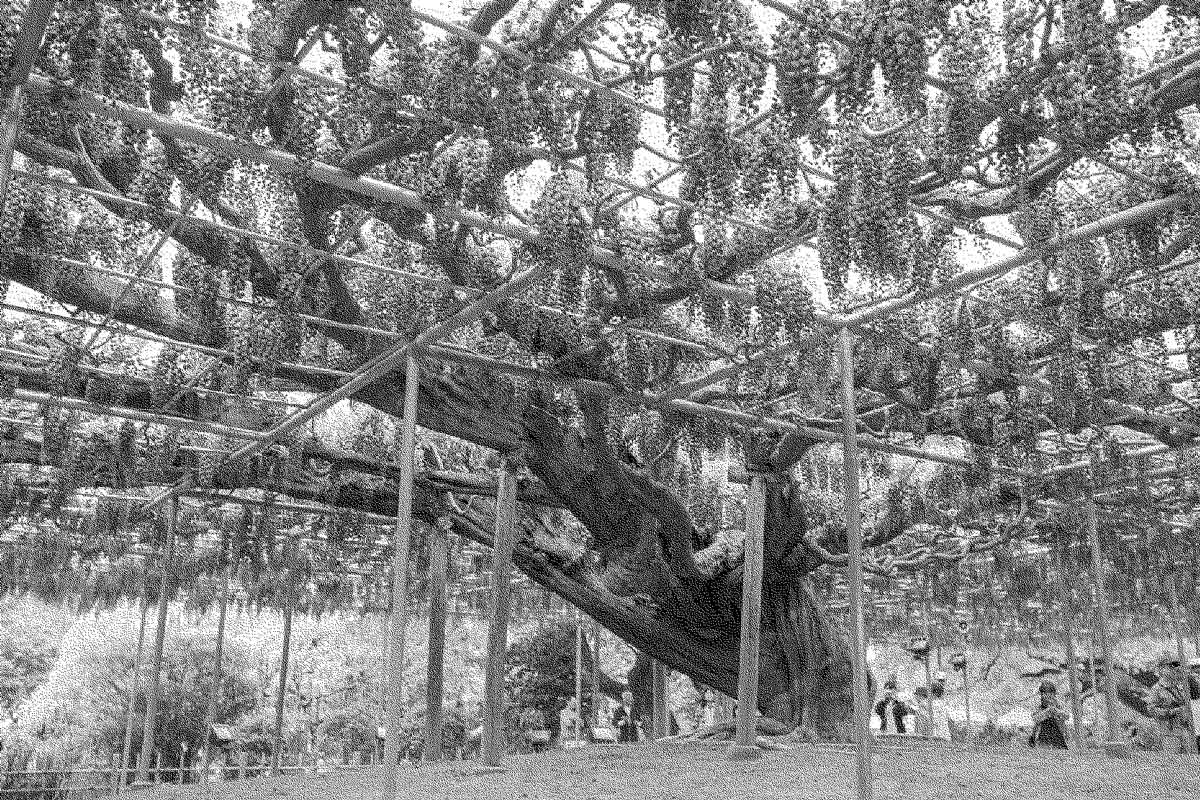
When we talk about greening cities, we immediately think of planting trees and multiplying herbaceous layers.
Strangely, we rarely talk about climbing plants, which nevertheless have a remarkable advantage over trees: they don't have a trunk!
Explanation.
Growing is a matter of life and death for a plant: it competes to capture sunlight with other plants and obstacles (buildings, etc.).
In this race for solar energy, trees build their own self-supporting structure: their trunk.
Except that making this trunk is extremely long and costly in terms of energy for a tree, as biologist Marc-André Sélosse points out.
Just compare the small amount of acorns produced by an adult oak (between 5,000 and 10,000) compared to any small plant that produces thousands of seeds.
A tree invests the vast majority of its energy in its growth to the detriment of its reproduction, which constitutes a major evolutionary disadvantage.
Unlike trees, climbing plants use pre-existing structures (artificial or natural) to win the race for light.
They cling to grow and do not have to spend energy on making a trunk with a structural function as trees do.
This explains the very high growth rate of many climbing plants, such as Virginia creeper or ivy, which can become quite invasive.
In addition, many of them have deciduous foliage that helps preserve solar energy in winter.
This is why the Virginia creeper quinquefolia was so popular in the south of France, where it is the best ally of pergolas.
However, some very old climbing plants can have the same dimensions as a tree.
The illustration in this post shows a wisteria (Wisteria) over 150 years old located in Ashikaga Flower Park, near Tokyo.
It looks like a thousand-year-old tree!
When will climbing plants make a comeback in the city?
Source: Marc-André Sélosse, Petites histoires naturelles, Arles: Actes Sud, 2021.
Image: tiptoeingworld.com